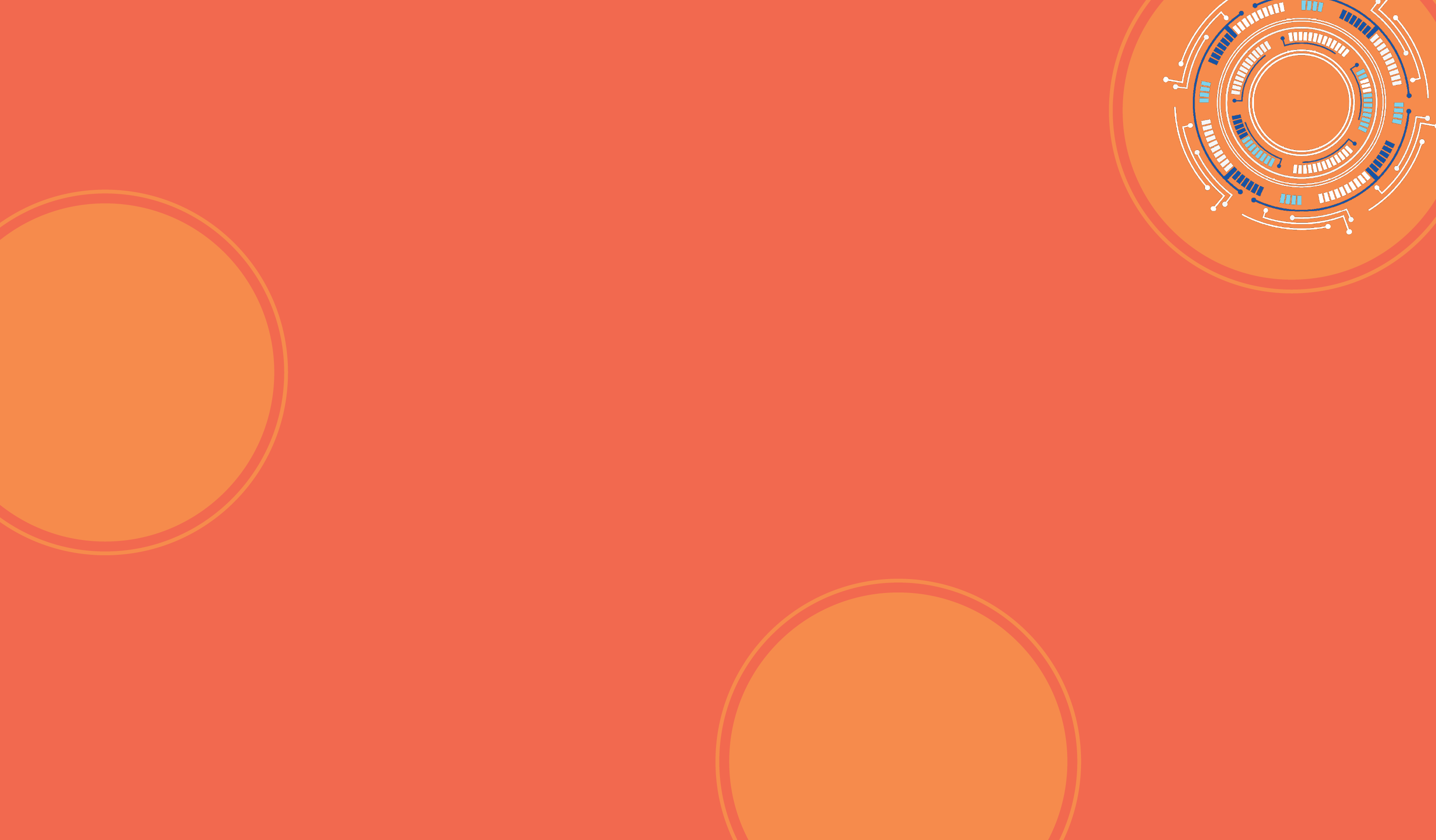The Indian real estate sector is undergoing a quiet revolution. With buyers increasingly conscious about functionality, sustainability, and technology, design is no longer just about aesthetics—it is about shaping experiences that align with modern lifestyles. Nitish Kukreja, Director at Outlook Designheed Consultants, explains how this shift is influencing the way architects and developers approach projects today.
“I believe the design within India’s real estate market is evolving in a very interesting way,” says Kukreja. “Buyers now expect spaces that are functional, sustainable, and innovative. They want homes and workplaces that make daily life easier, whether through efficient layouts, smart storage, or connected technologies. Design is moving beyond creating buildings to creating environments that feel practical, enjoyable, and responsible, reflecting the lifestyle aspirations of today’s buyer.”
Emerging Trends in Residential and Commercial Design
According to Kukreja, several key trends are shaping the future of real estate in India. Sustainability is increasingly central, with energy-efficient buildings, green roofs, rainwater harvesting, and eco-friendly materials becoming industry standards. Smart home technologies and automation are transforming how people interact with spaces, making living and working environments more convenient and secure.
“Flexibility is another important trend,” Kukreja notes. “Modular layouts and multipurpose rooms allow spaces to adapt as needs change, without compromising functionality. Wellness has also become a priority, with designs that maximize natural light, fresh air, and areas dedicated to health and relaxation. Community-centered planning, which fosters interaction and a sense of belonging, is increasingly being incorporated into projects.”
These trends, he says, indicate that modern design is not just about function—it’s about creating intelligent, sustainable, and enjoyable spaces for people to live and work.
Design-Led Thinking Without Extra Costs
Cost often drives real estate decisions, but Kukreja believes design-led thinking can add significant value without inflating budgets. “Sustainable solutions like energy-efficient systems and natural ventilation reduce long-term operational costs while benefiting the environment,” he explains. “Using durable, locally sourced materials cuts down on maintenance, and modular components can reduce construction time and labor. Good design increases a property’s appeal by making spaces functional, visually appealing, and comfortable—without necessarily increasing costs.”
How Designheed Stands Out
Designheed’s approach to real estate projects combines aesthetics, functionality, and sustainability. Kukreja emphasizes the role of technology in delivering this vision. “We employ tools like AutoCAD and Revit to minimize construction errors and keep timelines on track,” he says. “3D visualization and BIM allow clients to see their projects before construction begins, making the process smoother and more collaborative. We don’t just design buildings; we design spaces that are functional, elegant, and enjoyable to live or work in.”
Sustainability remains at the core of every project. “We ensure energy conservation and the use of eco-friendly materials,” Kukreja adds. “By integrating creativity with efficiency and usability, we can deliver results that satisfy clients while aligning with developers’ objectives in a smooth, seamless manner.”
Bridging Livability, Technology, and Sustainability
Urbanization and the rise of smart cities have fundamentally altered design priorities. “Our aim is to create spaces that are technologically advanced, yet human-centric,” Kukreja says. “Smart devices, automation, and connected systems make life easier and more energy-efficient, but sustainability and environmental responsibility remain non-negotiable. Livability is central—we design spaces that support health, community engagement, and a connection with nature. Data-driven planning helps us anticipate future needs, optimize resources, and create developments that are feasible, sustainable, and comfortable.”
A Vision for the Future
Looking ahead, Designheed’s long-term vision is clear. “We want to change the standards of real estate by delivering projects that are creative, eco-friendly, and user-friendly,” Kukreja explains. “Smart planning ensures efficient use of space while maintaining aesthetics. Sustainability is at the heart of everything—from green building practices to energy-saving measures. Understanding the occupants’ needs allows us to design spaces that offer comfort, accessibility, and improved quality of life. Our focus on cost, aesthetics, and efficiency ensures projects are completed on time and within budget.”
Ultimately, Kukreja says, the goal is to create future-ready spaces that can adapt to changing needs, support the environment, and provide lasting value for both residents and developers. “Good design is about more than building structures—it’s about designing environments that enhance how people live, work, and connect,” he concludes.
This evolving approach to real estate design signals a shift in India’s property landscape, where innovation, sustainability, and liveability are no longer optional, they are essential.












